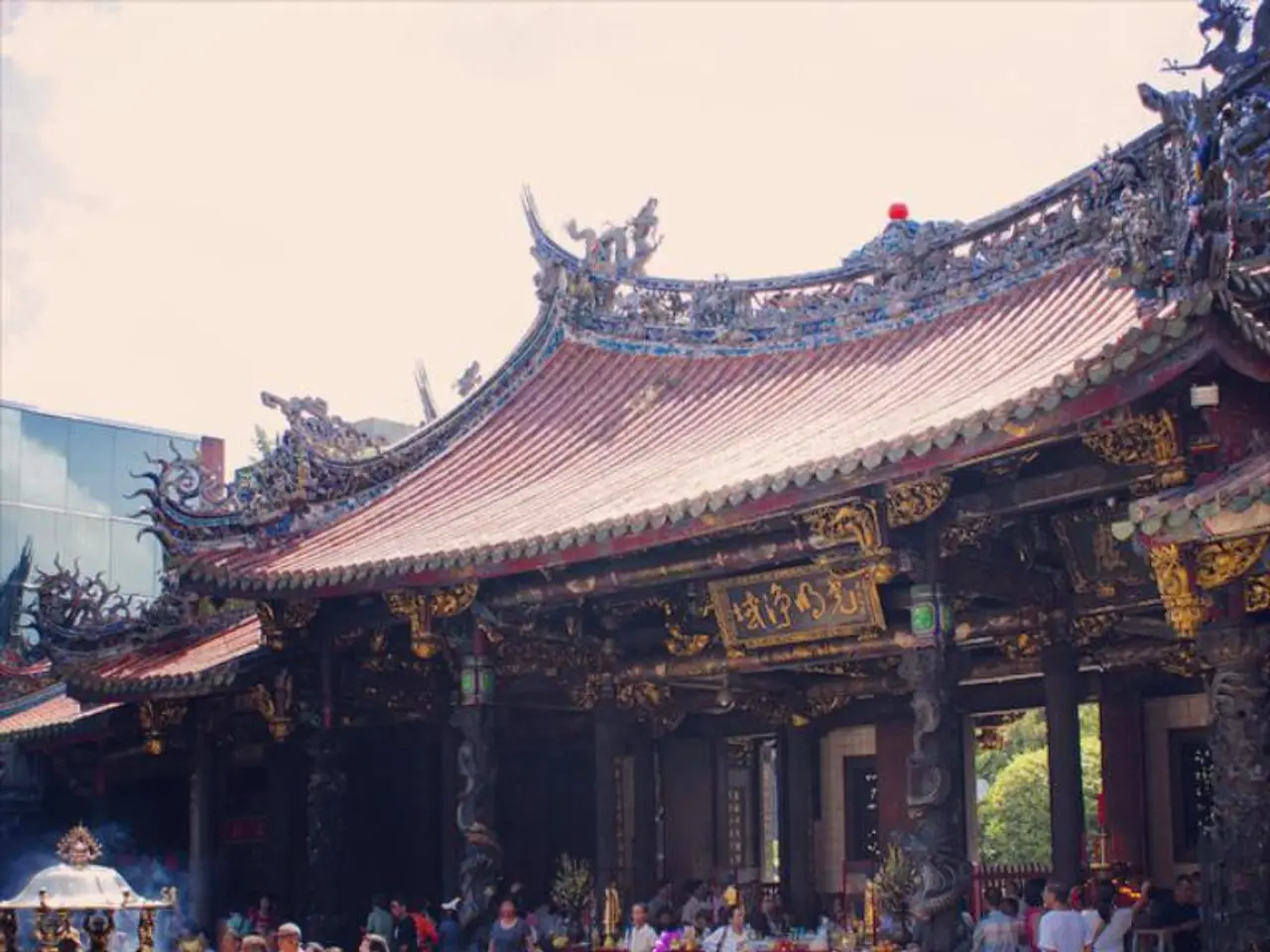Exploring Cultural Influences: Dissecting the Philosophical Foundations of Japandi Design Aesthetic
In the world of fashion, a new movement is emerging, one that seamlessly blends the understated elegance of Japanese minimalism with the practical functionality of Scandinavian design. This fusion, known as Japandi, is redefining modern fashion and resonating with a growing desire for intentional, understated dressing.
Japandi represents a radical departure from the polished, body-conscious silhouettes of Western runways. Instead, it celebrates asymmetry, volume, and imperfection, offering a refreshing alternative that echoes the principles of hygge (a sense of cozy simplicity) and functionality, which characterise Scandinavian design.
The Scandinavian fashion sensibility is marked by simplicity, functionality, and natural beauty, with clean lines and minimal shapes evoking a sense of calm. This understated, practical, and timeless aesthetic is quietly indulgent in its textures and quality. Layering is central to Scandinavian wardrobes, providing adaptability, comfort, and durability across changing seasons and climates.
Japanese fashion has shaped global fashion for over a century. In the mid-20th century, Japanese designers reinterpreted American workwear and casual dress, creating the style movement known as Amekaji. Fast forward to the late 20th century, and Japanese designers such as Rei Kawakubo, Yohji Yamamoto, and Issey Miyake challenged Western norms and aesthetics, disrupting the global fashion system.
One of the pioneers of this trend was Jun Ashida, a Japanese designer who influenced the avant-garde fashion movement in Paris in the late 1970s and early 1980s. Notably, he dressed members of the Japanese imperial family.
Japandi embodies a hybrid philosophy: elegance in comfort, beauty in imperfection, and sustainability in restraint. It values the balance between functionality and sophistication, often described as "effortless". The fashion market has shifted away from overt branding and logo-centric statements, leading to the rise of "quiet luxury".
Japandi can be traced across "quiet luxury" brands such as Lemaire, Minju Kim, and The Row. Neutral palettes and tone-on-tone layering are common in Scandinavian fashion, creating calm cohesion without complication. This philosophy is rooted in the Japanese philosophy of wabi-sabi and the Scandinavian concept of hygge, both of which celebrate the beauty of imperfection and the importance of comfort.
In essence, Japandi is a statement about longevity and craftsmanship. It encourages wear that transcends seasons, rejecting the churn of fast fashion in favour of timelessness. As we move forward, it's clear that Japandi will continue to influence and shape the fashion landscape, offering a refreshing alternative that resonates with a global audience.








